The Laying Cycle of Racing Pigeons
The time line for the laying cycle begins with pair up or mating.
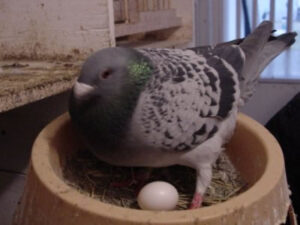 5 Days – after mating the cock should start driving the hen. This is seen by the cock chasing the hen around the loft from perch to perch in his attempts to get her to the nest. Instinctively he knows eggs are coming soon and he wants to ensure she lays them in his nest bowl. To the cock this is his distinct territory that often is defended at all cost. (A hug motivator when racing on the natural system). Sometimes the hen is driven so hard the cock will barely allow her to eat or get a drink. If a cock becomes too aggressive you may have to remove him for short periods of time such as feeding time.
5 Days – after mating the cock should start driving the hen. This is seen by the cock chasing the hen around the loft from perch to perch in his attempts to get her to the nest. Instinctively he knows eggs are coming soon and he wants to ensure she lays them in his nest bowl. To the cock this is his distinct territory that often is defended at all cost. (A hug motivator when racing on the natural system). Sometimes the hen is driven so hard the cock will barely allow her to eat or get a drink. If a cock becomes too aggressive you may have to remove him for short periods of time such as feeding time.
10 Days — The hen usually lays her first egg on the 10th day. This often occurs in the evening hours around 5pm to 7pm. This can be affected however by how early or late lights are on if artificial lights are used to increase daylight. The 2nd egg is usually laid 45 hours later in mid morning. For each hen, this can be slightly different. When the hen lays the firs egg it is not uncommon for her to not pay much attention to it. This is not a problem unless you are breeding when it is extremely cold. If breeding in extreme cold the first egg can freeze. The reason for ignoring the first egg is that development starts at just the right temperature after the hen starts brooding. By waiting until the 2nd egg is laid the eggs should develop and hatch at nearly the same time giving both youngsters an equal chance at survival.
28 Days (18 days after laying) — This is when the first round will hatch. Depending on the environment and how “tight” the hen set on the eggs will determine how close together the eggs will hatch. During cold weather if the hen started sitting immediately on the first egg, it can hatch up do a day before the 2nd egg. In an ideal environment, the 2nd egg will hatch within hours of the 1st egg.
44 days (16 days after the 1st round hatched) — 16 days after the first eggs hatched the hen should be laying her 2nd round. At 16 days the first round are not ready to be weaned and the bird will require a 2nd nest bowl. If not provided a 2nd nest bowl it is not uncommon for the pair to kick the youngsters out of the bowl but within the nest box to lay the 2nd round. Sometimes a youngster will sit on the eggs if left unattended. Don’t let this alarm you and it is rare.
49-60 days (Weaning the 1st round) — The first round can be weaned anywhere between 21 and 30 days. Most experts don’t recommend weaning any earlier than 21 days and any later than 30 days. Sometimes the youngsters will jump out of the nest and start to wean themselves before 30 days. You will have to decide at what age is the best for you to wean youngsters.
62 days (18 days after 2nd round is laid) — This is when the 2nd round will begin to hatch. You can start to see the cycle now. After each round hatches, 16 days later another round is laid. While additional rounds are laid, there are still youngsters in the nest. This is mother natures way of trying to get maximum procreation while the environment is best for the survival of the young.
The Laying Cycle of Racing Pigeons by Domanski Family Lofts

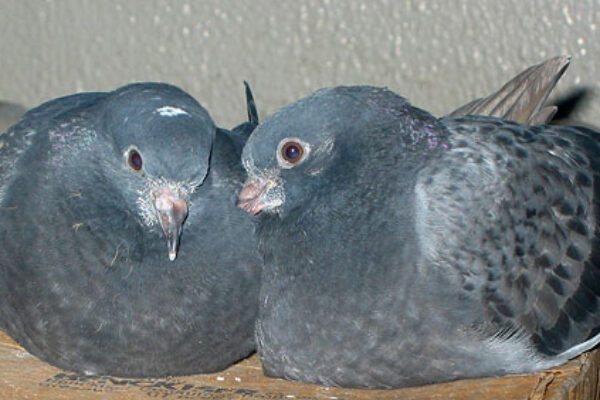

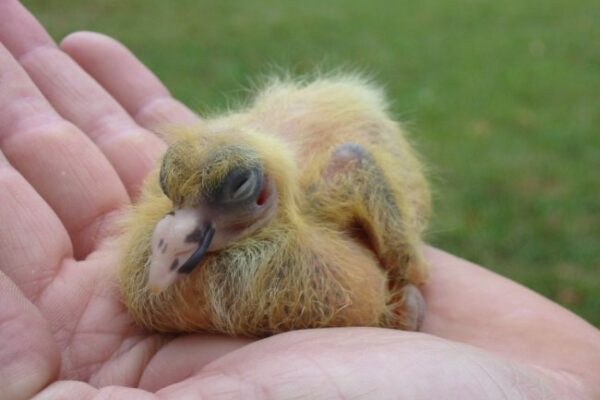
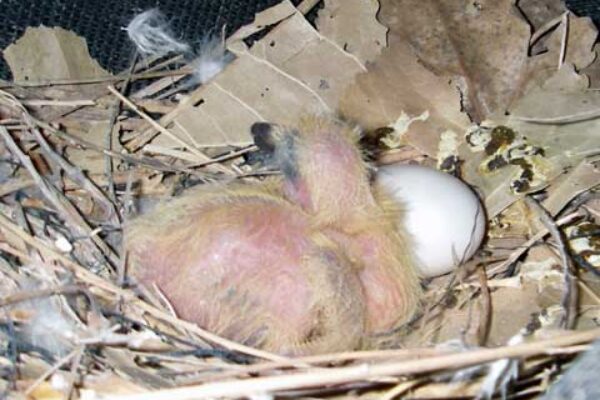
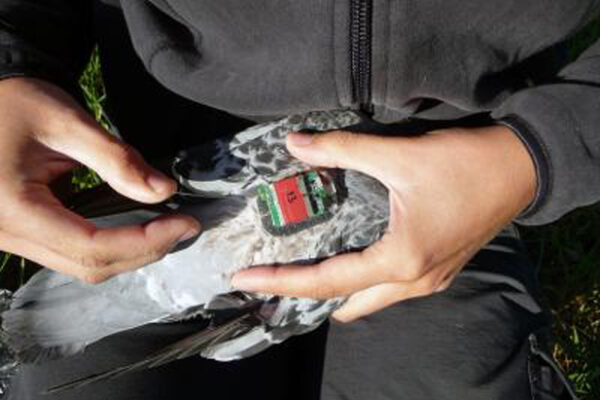
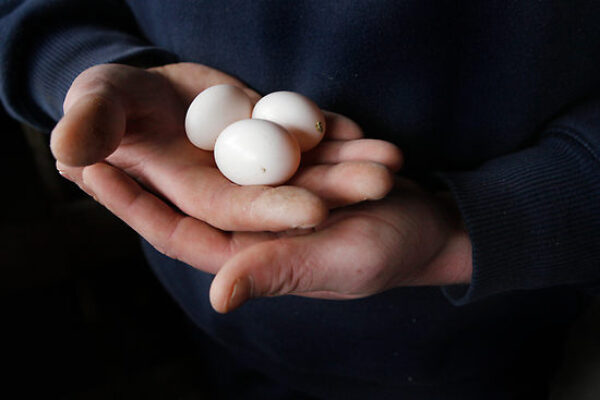


Great refresher course, it’s the little things like this that help us all, whether your a new comer or an old timer, we all can learn from this.